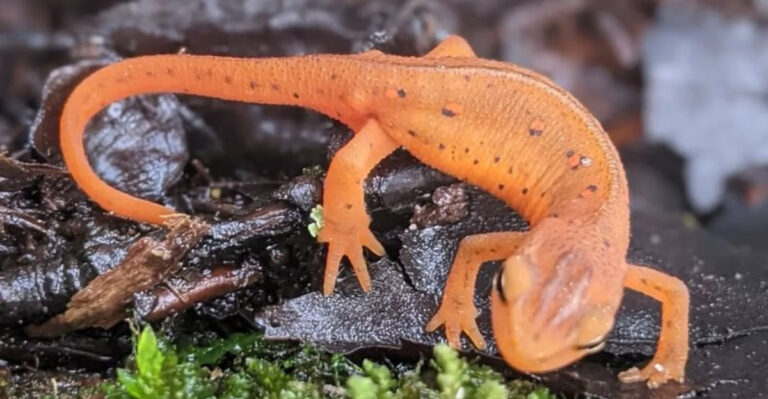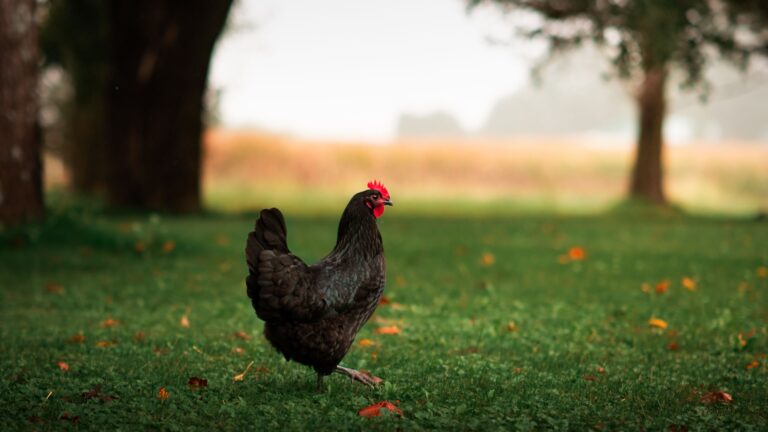Xiaotingia Zhengi: The Fossil That’s Redefining The Timeline Of Bird Evolution
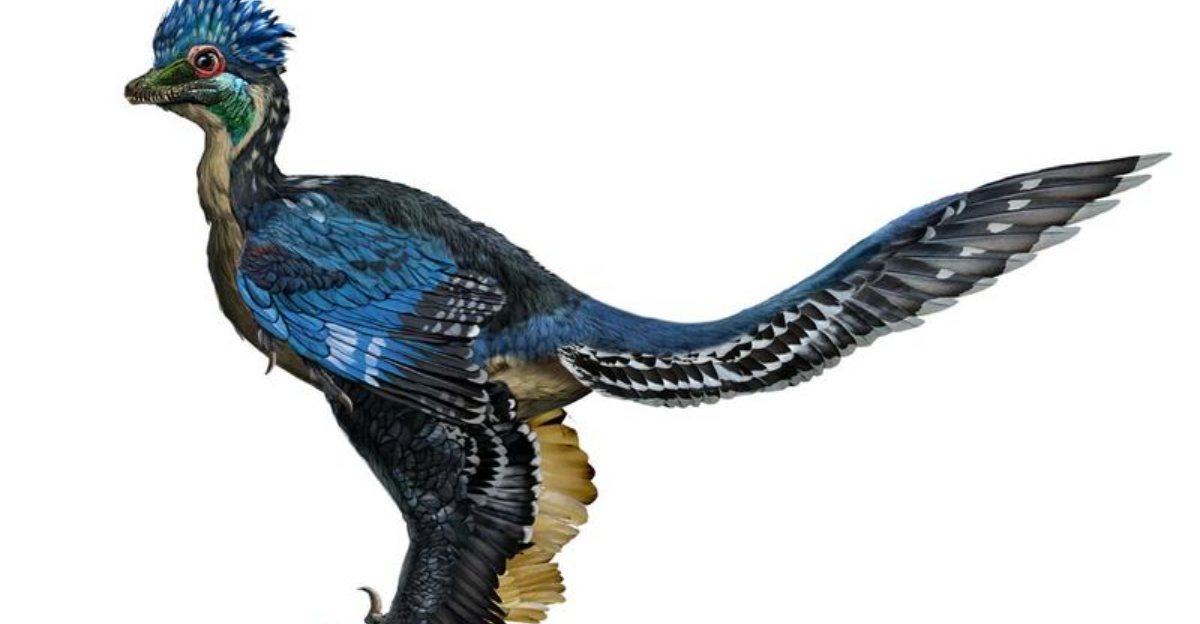
Unearthed in the rich soils of China, Xiaotingia zhengi is causing quite a stir in the world of paleontology.
Imagine stumbling upon a fossil so intriguing that it challenges everything we thought we knew about the evolution of birds. This discovery is not just a fascinating puzzle piece but a whole new chapter in understanding how modern birds came to be.
Let’s embark on a journey through these captivating insights into this enigmatic fossil, revealing secrets that have been hidden for millions of years.
1. A Surprising Discovery
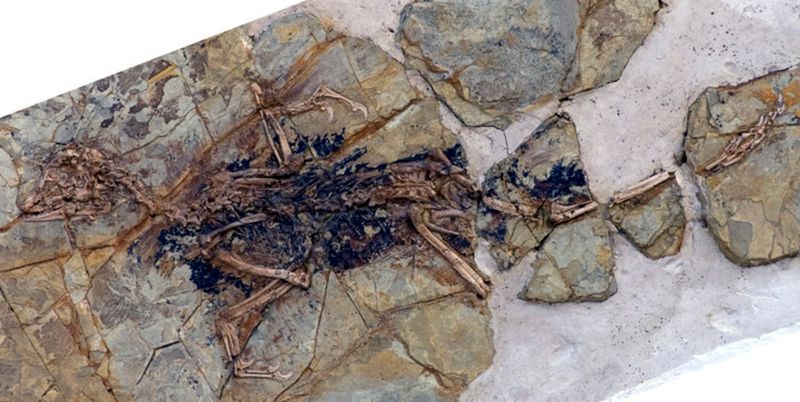
Who would have thought a fossil found in the Hebei Province of China could make such waves? Xiaotingia zhengi, discovered in 2011, instantly sparked debates among scientists worldwide.
Its unique features have led to reclassifications and new theories about the avian lineage. With characteristics of both dinosaurs and birds, this fossil is a true game-changer.
It challenges the long-standing belief that Archaeopteryx was the earliest known bird. Xiaotingia zhengi has opened new avenues of research, forcing scientists to rethink the timeline and nature of bird evolution.
2. The Dinosaur-Bird Transition

Imagine a creature that walks the line between dinosaur and bird. Xiaotingia zhengi is precisely this kind of marvel.
With wings, feathers, and a bird-like skull, yet retaining dinosaurian features such as a long tail and clawed hands, it perfectly encapsulates the evolutionary transition. This mix of characteristics suggests a closer relationship to birds than some earlier fossils.
These features indicate an evolutionary path filled with complexity, offering a glimpse into the gradual transformations that gave rise to modern birds.
3. Feathers With A Twist
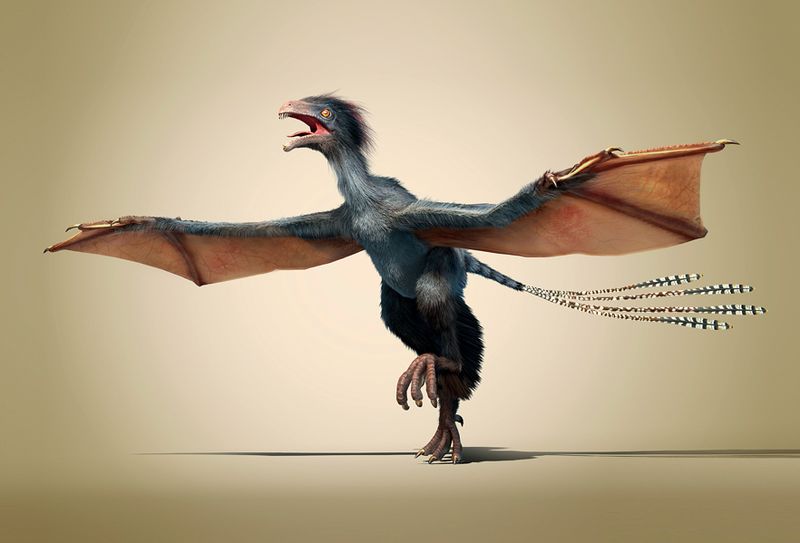
Feathers are a hallmark of avian life, but Xiaotingia zhengi offers a twist. Its feathers weren’t just for show; they played a role in its survival.
With an intricate arrangement and structure, these feathers hint at the ability to glide rather than fly. This adaptation showcases an intermediate stage in feather evolution.
Instead of full-fledged flight, Xiaotingia might have used its feathers for balance, insulation, or display, adding another layer of understanding to how flight might have evolved.
4. Ruffling The Archaeopteryx Feathers
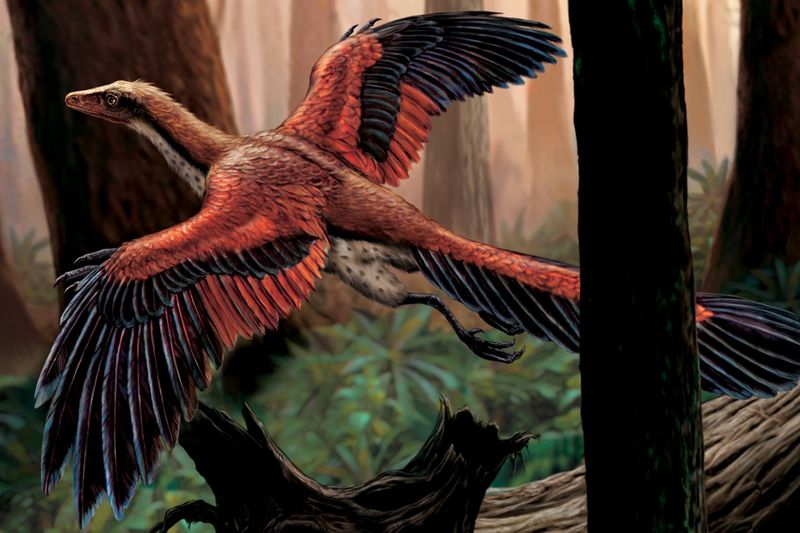
For over a century, Archaeopteryx was the poster child for early birds. Enter Xiaotingia zhengi, and the picture starts to change.
This fossil’s discovery led scientists to reconsider Archaeopteryx’s place in the bird family tree.
Xiaotingia’s unique traits suggest it might be more bird-like than the iconic Archaeopteryx, stirring debates and leading to reclassifications.
It’s a classic case of scientific progress, where new findings continuously reshape our understanding of the past, proving that evolution is a complex and dynamic process.
5. Anatomy Of An Enigma
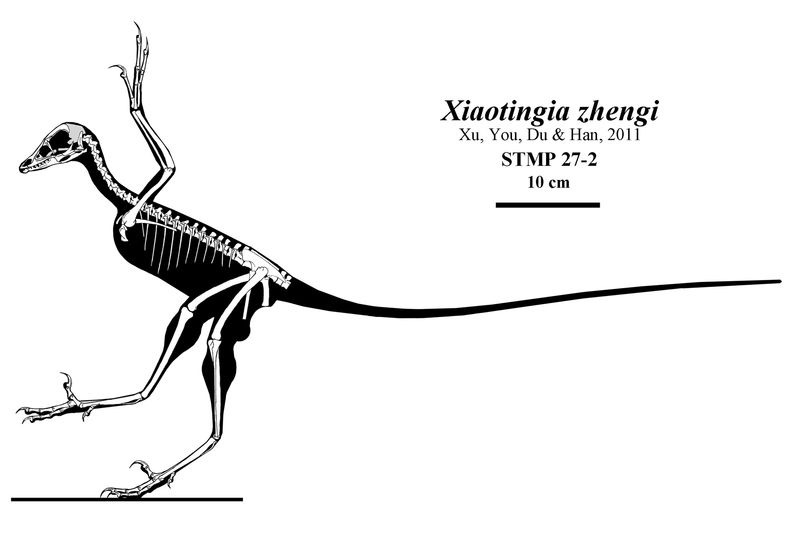
Delving into the anatomy of Xiaotingia zhengi reveals a blend of unexpected features. Its skeletal structure includes both avian and dinosaurian elements, from its lightweight bones to its long, bony tail.
The skull houses a curious mix of traits, with a beak-like jaw coexisting alongside dinosaurian teeth.
This mosaic of features underscores the transitional nature of Xiaotingia, highlighting its role in the evolutionary story.
Understanding such anatomical nuances offers valuable clues into how complex life forms develop over eons.
6. A Debate That Soars

Xiaotingia zhengi has sparked lively debates in scientific circles. Its discovery prompted a re-evaluation of the dinosaur-bird relationship, compelling scientists to revisit old assumptions.
Some argue that it strengthens the link between dinosaurs and birds, while others are more cautious. The fossil has become a focal point for discussions on the criteria used to classify ancient species.
This dynamic debate illustrates how science thrives on challenges and differing viewpoints, pushing the boundaries of our knowledge further.
7. A Glimpse Into The Past
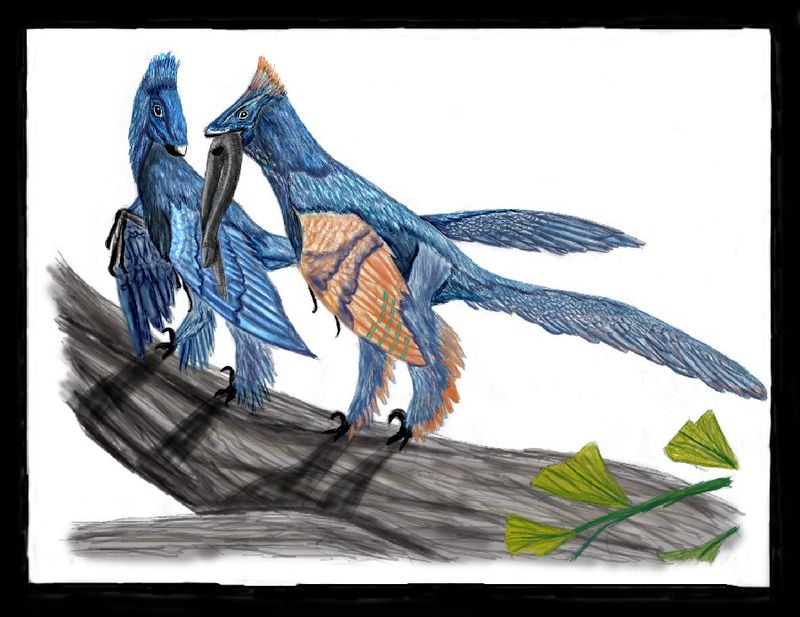
Picture Xiaotingia zhengi roaming the Late Jurassic landscapes, a creature of striking contrasts. Its environment was a lush, warm world teeming with life, providing ample opportunities for adaptation and survival.
Xiaotingia’s existence in such a diverse ecosystem highlights the evolutionary pressures that shaped its development.
By studying these contextual clues, scientists can better understand the forces at play during this pivotal era, offering insights into the environment that nurtured the transition from dinosaurs to birds.
8. A Fossil In The Family Tree
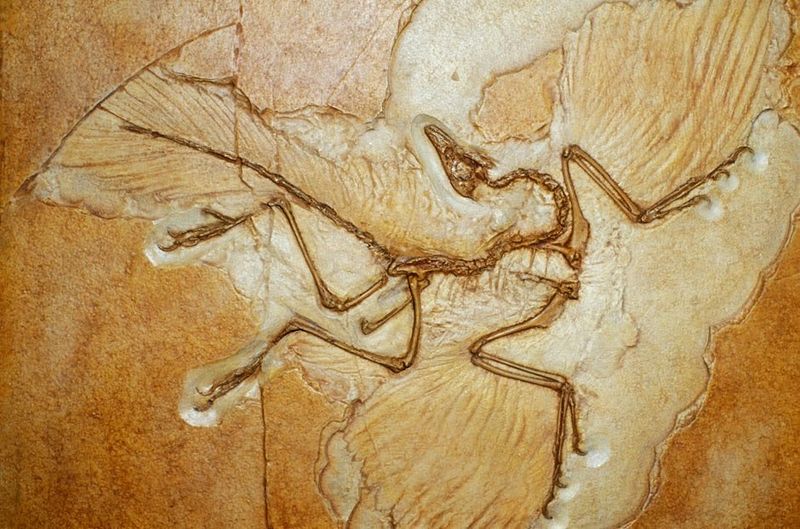
The evolutionary tree is a complex web, and Xiaotingia zhengi is a crucial branch. Its placement in this tree has prompted re-evaluations of how various species are related.
Xiaotingia’s traits suggest it might have been closer to the common ancestors of modern birds than previously thought fossils.
This insight has led to revisions in the avian evolutionary timeline, challenging long-held views and encouraging further research to unravel the details of this intricate lineage.
9. The Role Of Technology
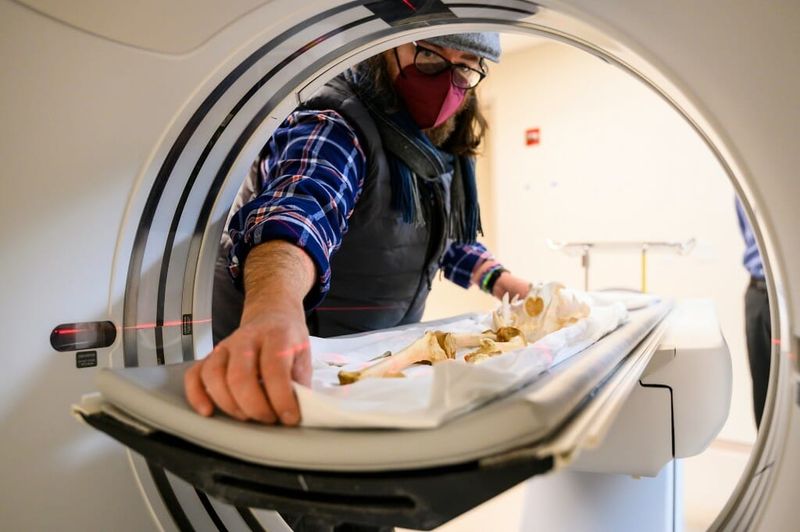
In unraveling the mysteries of Xiaotingia zhengi, technology plays a starring role. Advanced imaging techniques have allowed scientists to examine the fossil in unprecedented detail.
Techniques like CT scanning reveal the intricate structures of bones and feathers without damaging the fossil.
This technological leap has provided new insights into Xiaotingia’s morphology, enabling a deeper understanding of its evolutionary significance.
Technology continues to be an indispensable ally in paleontological research, opening new windows into the distant past.
10. A Game Of Classification
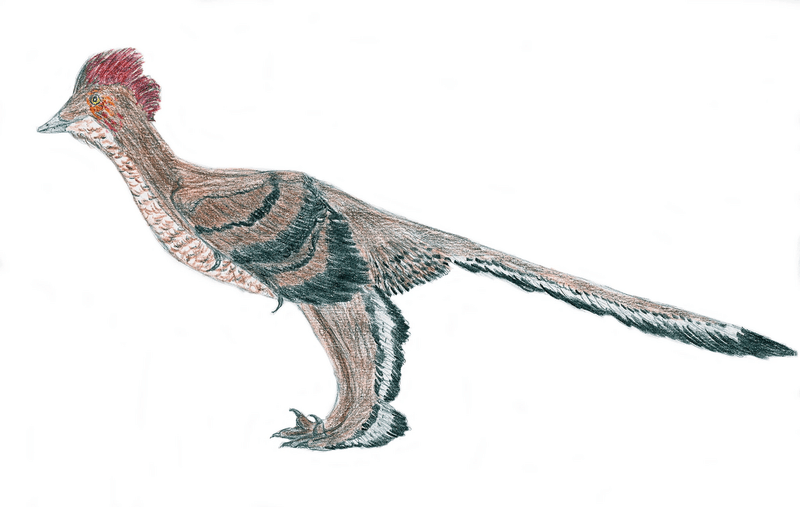
Classifying Xiaotingia zhengi is like solving a fascinating puzzle. Its unique blend of features has led scientists to re-examine existing classification systems.
Is it more dinosaur, more bird, or something in between? This ongoing debate highlights the challenges of taxonomy, especially when dealing with transitional fossils.
Xiaotingia’s classification journey illustrates the fluid nature of scientific understanding, where new discoveries can lead to paradigm shifts and fresh perspectives on life’s evolutionary history.
11. Global Impact On Paleontology
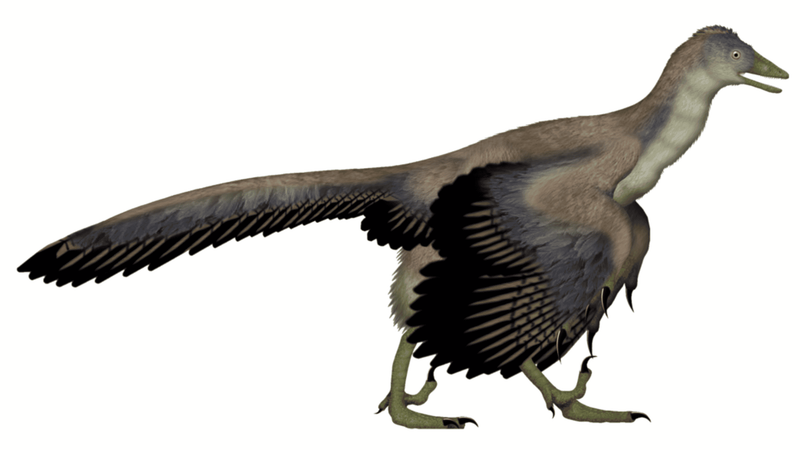
The impact of Xiaotingia zhengi extends beyond China, influencing paleontological research globally.
Its discovery has encouraged scientists worldwide to search for similar transitional fossils, expanding our knowledge of avian evolution. This fossil serves as a catalyst for international collaboration, inspiring new studies and excavations.
Xiaotingia has become a symbol of the interconnectedness of scientific endeavors, showing that discoveries in one part of the world can have far-reaching implications for understanding our shared evolutionary past.
12. The Future Of Bird Evolution
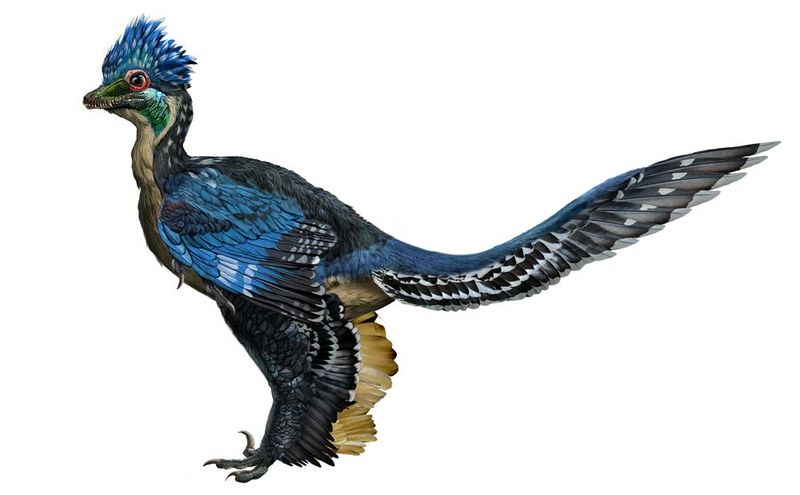
What does Xiaotingia zhengi tell us about the future of bird evolution? Its discovery has sparked new questions and research avenues.
By understanding its place in history, scientists can better predict evolutionary trends and the future of avian species.
This fossil serves as a reminder of the ever-changing nature of life on Earth.
As we delve deeper into its secrets, Xiaotingia continues to inspire curiosity and exploration, pushing the boundaries of what we know about the past and what it means for the future.





